
Perennials
All green and no colors? Enliven your garden with these stunning and vibrant perennials this season! Transform your frontyard into a spactacular view of texture and depth with our selection of fast-growing foliage plants. Add an extra burst of vibrancy with these fiery colored perennials and enjoy the display all season long!
Get ready to enjoy a vibrant, lasting transformation with minimal wait!
Finding a plant that combines fast growth with lasting beauty can be a bit of a challenge, but it’s definitely achievable! Are you ready to explore some vibrant flowers to brighten up your curbside? Here is a list of keenly selected top picks of Fall Blooming Perennials.
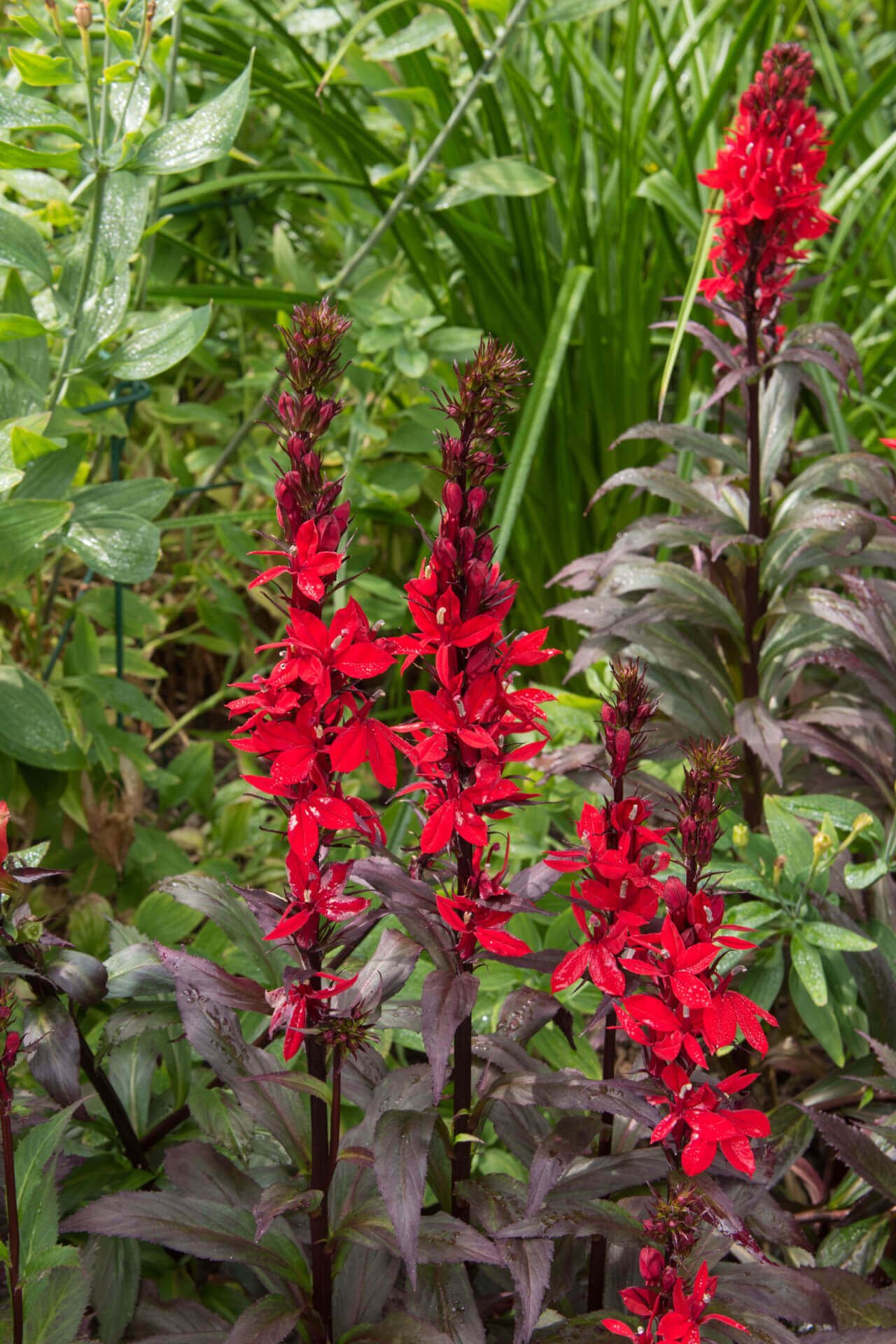
Want to bring a striking splash of crimson to your garden? Here's Red Cardinal Flower for you! This perennial is best to bring vibrancy to the dull shady or wet areas. Its lush green, lance-shaped leaves and stately 2-4 foot stems make it ideal for rain gardens, water features, or shaded borders, adding height and texture.
A major attraction to wildlife, the flowers of Red Cardinal opens gradually along its spike, creating a showy display that seems to climb upward as the season progresses. Whether you're planting a pollinator haven or seeking a bold addition to a woodland garden, the Red Cardinal Flower is a unique, eye-catching choice.
Add this beauty to your garden for a reliable splash of scarlet that thrives with minimal care—perfect for enhancing your outdoor space with both style and ecological benefit.

A charming native perennial known for its vibrant red and yellow tubular blooms, the Spigelia Indian Pink creates a lively display from late spring to early summer.Its unique flowers, with star-shaped yellow centers and bright red tubes, make this plant a showstopper, especially in shaded garden areas.
Indian Pink is also a magnet for pollinators, especially hummingbirds, which are naturally drawn to its tubular flowers. Hummingbirds’ visits benefit your garden's ecosystem by promoting pollination and helping control insects like aphids and mosquitoes.
This hardy wildflower grows up to two feet tall and wide, adaptable to moist soils, and even tolerates short drought periods, making it perfect for low-maintenance gardening.
Add this plant to your garden for a pop of vibrant color and to support local wildlife. Its eye-catching blooms and adaptability will enhance your outdoor space with an elegant yet wild touch that thrives season after season.
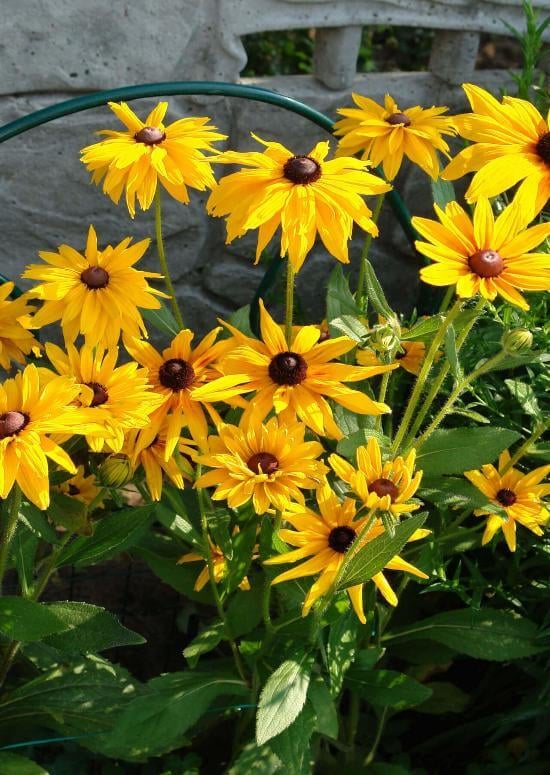
Looking for a bright flower to brighten up a shady spot? The Black-Eyed Susan offers cheerful golden-yellow blooms with dark centers, making it a lively and versatile choice for gardens. This wildflower is resilient and adaptable, thriving in full to partial sun and handling a range of soil types—even drought-prone areas.
A low-maintenance favorite, Black-Eyed Susans return year after year, delivering consistent color and supporting pollinators. Their nectar-rich flowers attract bees and butterflies, enhancing the health of your garden’s ecosystem.
Whether you're aiming to brighten the front garden or create a pollinator-friendly habitat, the Black-Eyed Susan will stand out with its inviting blossoms.
Add this beauty to your outdoor space and enjoy its easy care and ecological benefits. Make a bold statement with Black-Eyed Susans in your garden today!
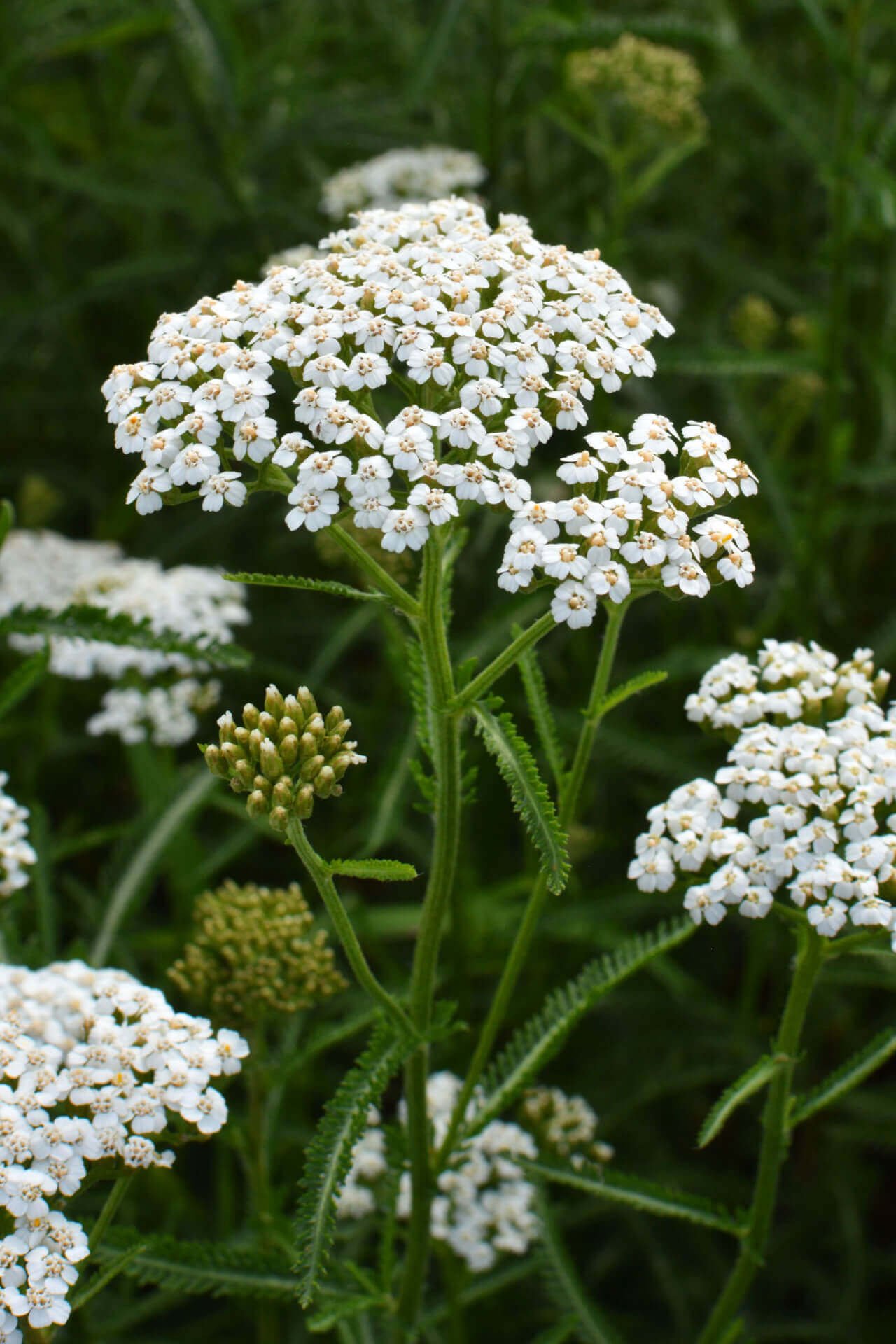
A delicate texture but a hardy nature, Yarrow can bring an elegant touch to your front yard. The feathery, fern-like leaves and an aesthetic bunch of small white flowers are as tough as they are charming.
More than just an ornamental, Yarrow draws pollinators such as butterflies, bees, and even beetles, making it an ideal choice for pollinator-friendly gardens. It’s also compatible with herbs like thyme, oregano, and basil, adding pest resistance to herb gardens. Its upright stems reach up to three feet, perfect for adding height to borders, foundation plantings, or sunny, wind-sheltered hedges.
Whether you're interested in its natural beauty or its ability to attract beneficial insects, Yarrow is an easy-care addition that thrives in various settings.
Add Yarrow to your garden for lush foliage, charming blooms, and a natural way to welcome pollinators all season long.

Also called orange balsam or spotted touch-me-not, Jewelweed plant is a standout addition to shady gardens. With its rich, orange-spotted flowers and lush green foliage, this annual wildflower creates a vivid display from June until the first frosts of October.
Known for its “exploding” seed pods, which scatter seeds at the slightest touch, Jewelweed is both unique and entertaining to grow, giving any space a playful charm.
Ideal for cool, moist areas, Jewelweed thrives along stream banks, in rain gardens, and around ponds, adding color and texture to shaded corners. Its nectar-rich blooms attract wildlife, including hummingbirds, bumblebees, and butterflies, while providing food for local wildlife like caterpillars and birds. This fast-growing plant reaches heights of 3–5 feet, with reddish-green stems.
For those looking to brighten up a damp or shaded garden space, Jewelweed is a stunning, ecologically beneficial choice. Bring a burst of jewel-toned beauty to your landscape and enjoy the wildlife it attracts with this vibrant, low-maintenance wildflower!
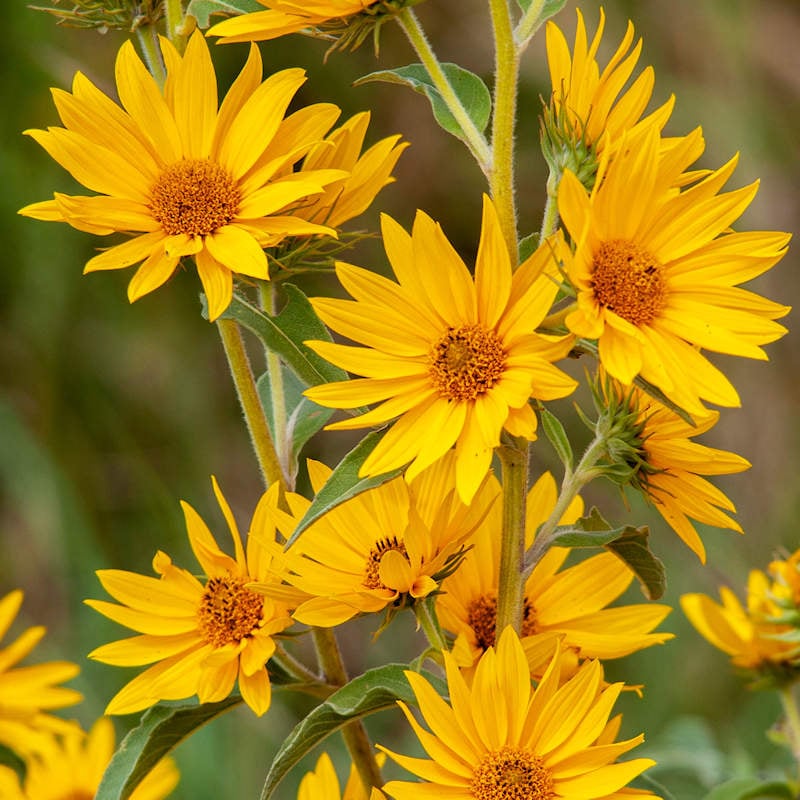
Looking for an eye-catching flower to plant in your front yard? Maximilian Sunflower is liek a centerpiece for your garden array. This tall, bright yellow perennial flower can brighten up any space with its cheerful yellow petals.
The Maximilian Sunflowers are famous for their dense flower bunches and 10 feet tall stems, providing a sudden vibriancy to any outdoor space. This hardy perennial can grow in a variety of soils, making it a versatile choice for many gardens.
Blooming from late summer to early fall, Maximilian Sunflower offers a vital food source for pollinators like bees and butterflies when many other flowers have faded. Its narrow leaves and slender stalks add to its unique charm, while the bright yellow flowers deliver a burst of color that enlivens the space.
If you're looking to enhance your curb apeal with something 'yellow' by your front door, this sunflower’s vibrant presence makes it an excellent addition.
Plant Maximilian Sunflower to enjoy a striking, easy-care display that celebrates native beauty and supports local pollinators.
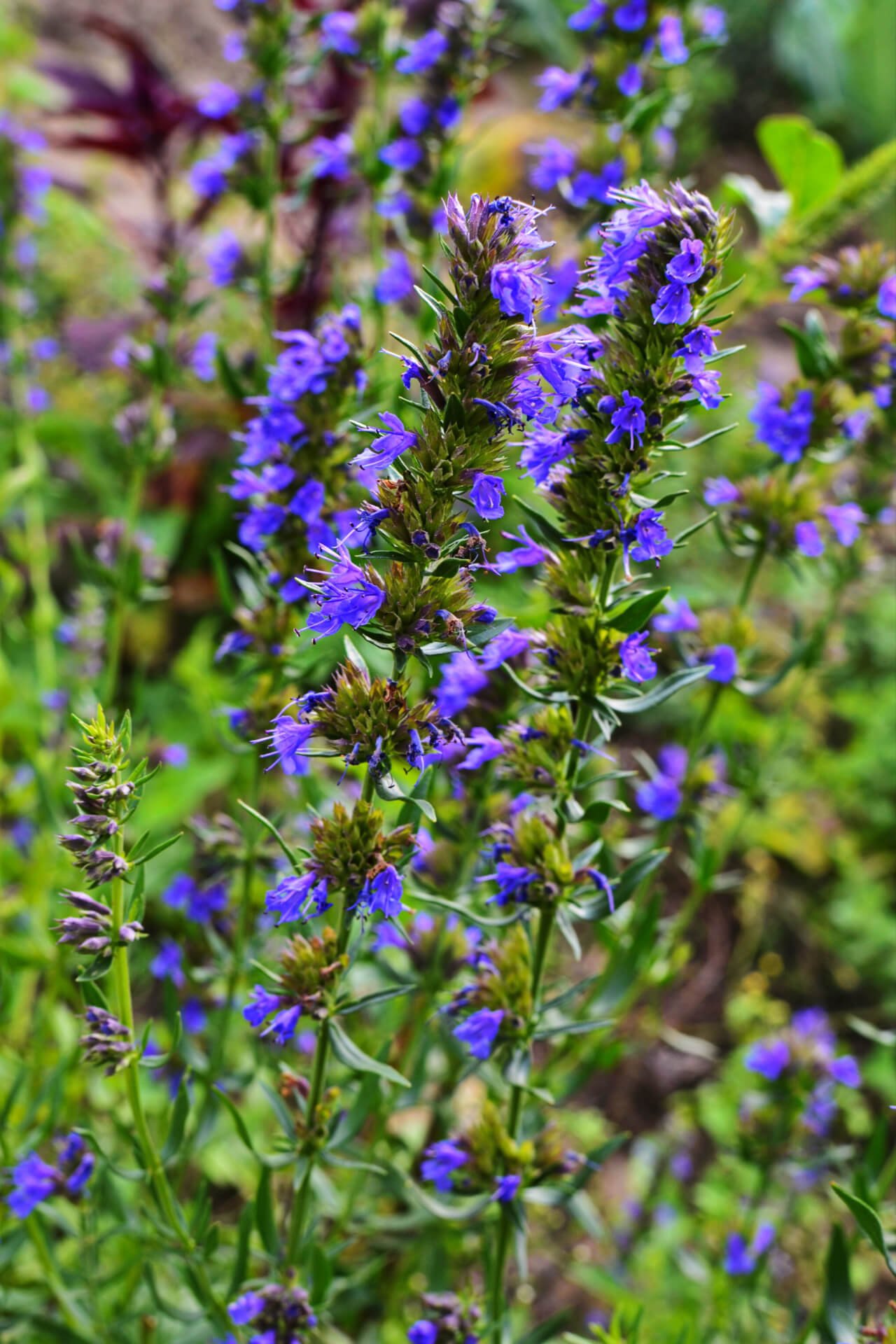
Looking for 'something blue' for your garden? The Blue Lobelia has you covered. This stunning perennial plant can enliven any garden space and is must-have for your garden due to its royal colored flowers. The plant is famous for its clustered tubular flowers with petals that bloom from midsummer through fall displaying rich shades of blue purple and rarely white. You can never go wrong with a little blue in your garden!
Growing upto two to four feet high, Blue Lobelia stands tall with a sturdy central stem wrapped in lush green foliage. The unique flower arrangement not only captivates the eye but also draws in hummingbirds, butterflies, and beneficial pollinators, enhancing the ecological diversity of your garden. Whether you’re planting alongside water features, in rain gardens, or as a striking border, Blue Lobelia pairs beautifully with ferns, heuchera, and cardinal flowers.
If you're looking to make a bold statement in your garden, Blue Lobelia is the perfect choice. Elevate your landscape with these exotic blooms and enjoy their stunning beauty all season long.
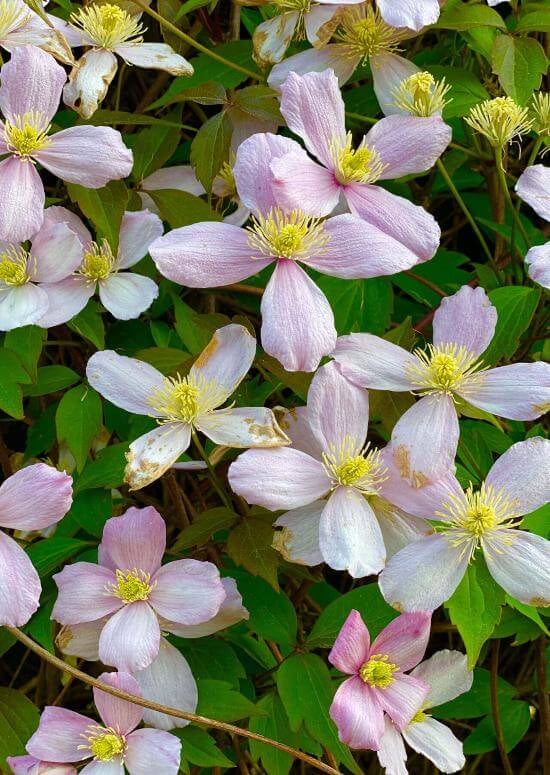
The Anemone plant is a delightful perennial wildflower with its delicate charm and stunning blooms. Known for its fern-like leaves and petite flowers that range from white to pinkish hues, Anemones thrive in woodland settings and bring early spring color to your landscape. These adaptable plants are not only visually appealing but also serve as a vital source of nectar for early pollinators, promoting biodiversity in your garden.
This plant comes in variety of heights. If you're looking to cover the ground the smaller varieties ranging from 1-2 feet in height will work best. However, while planning to create striking borders and mass plantings the taller plants, about 4 feet in height, are perfect to plant. The plants' long-lasting blooms make them a most-wanted choice for cut flower arrangements, adding a vibracy to your yard.
Once established, Anemones are low-maintenance and thrive in moist, well-drained soil, flourishing in both partial shade and full sun. Elevate your outdoor space with these enchanting plants, and consider pairing them with vibrant companions like Bee Balm, Coneflower, and Black-Eyed Susan for a stunning floral display.
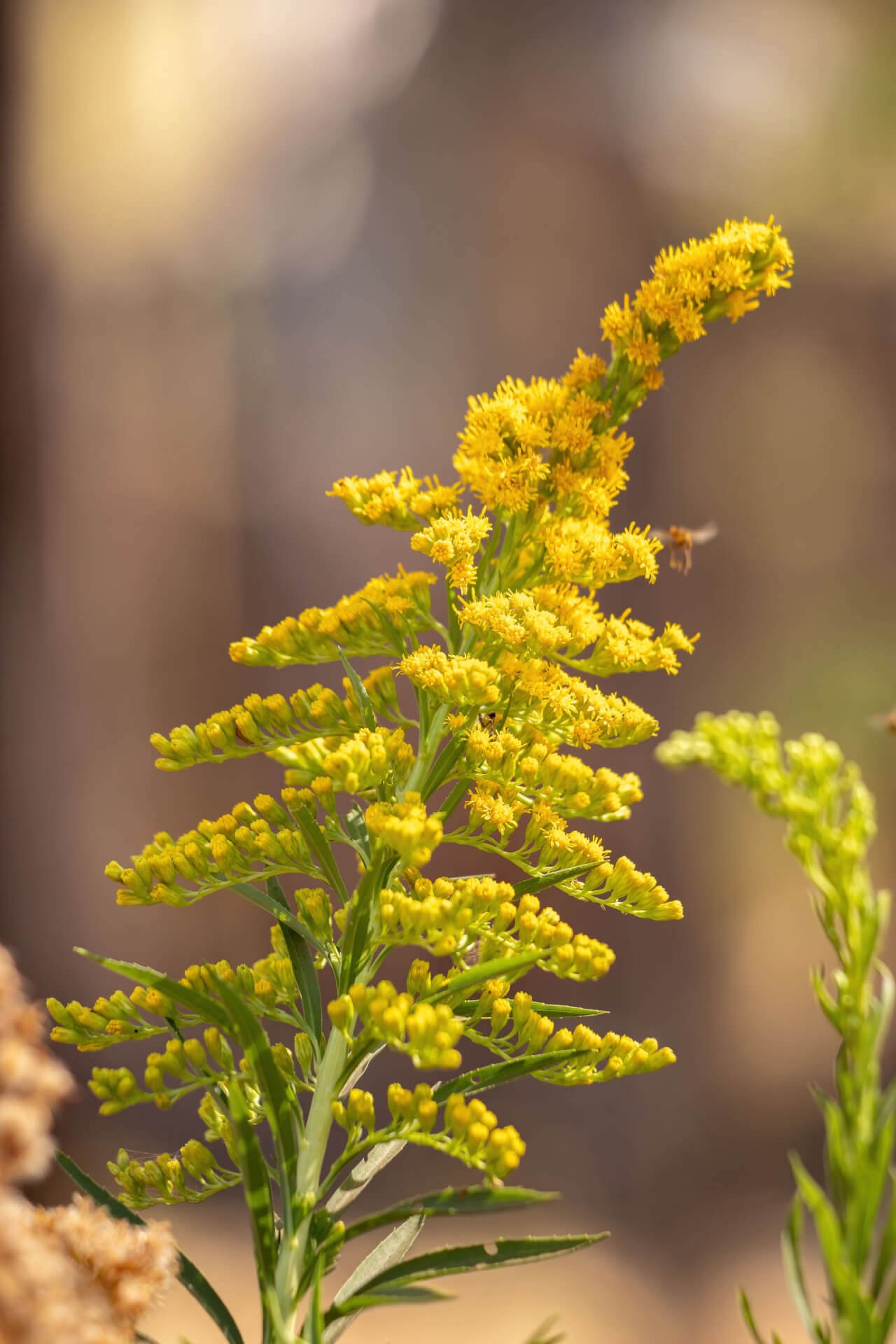
This Native American wildflower will brighten up any space with its golden yellow blooms. The Golden Rod is a delight for the senses - its bright, tufted flowers create a cheerful, sunny display from summer through fall, while its sweet, honey-like fragrance fills the air.
But Golden Rod offers much more than just good looks. This nectar-rich plant is a magnet for pollinators like bees, butterflies, and even hummingbirds, making it an invaluable addition to any garden. By planting this hardy perennial, you're not only adding a vibrant splash of color, but actively supporting the local ecosystem.
Easy to grow and requiring little maintenance, Golden Rod is a practical choice for landscaping. Its tall, airy stems blend seamlessly with other wildflowers, creating a beautiful natural look. Once planted, this hardy perennial can tolerate dry spells, reducing the need for frequent watering. Bring the beauty and benefits of Golden Rod to your outdoor space and watch your garden flourish.
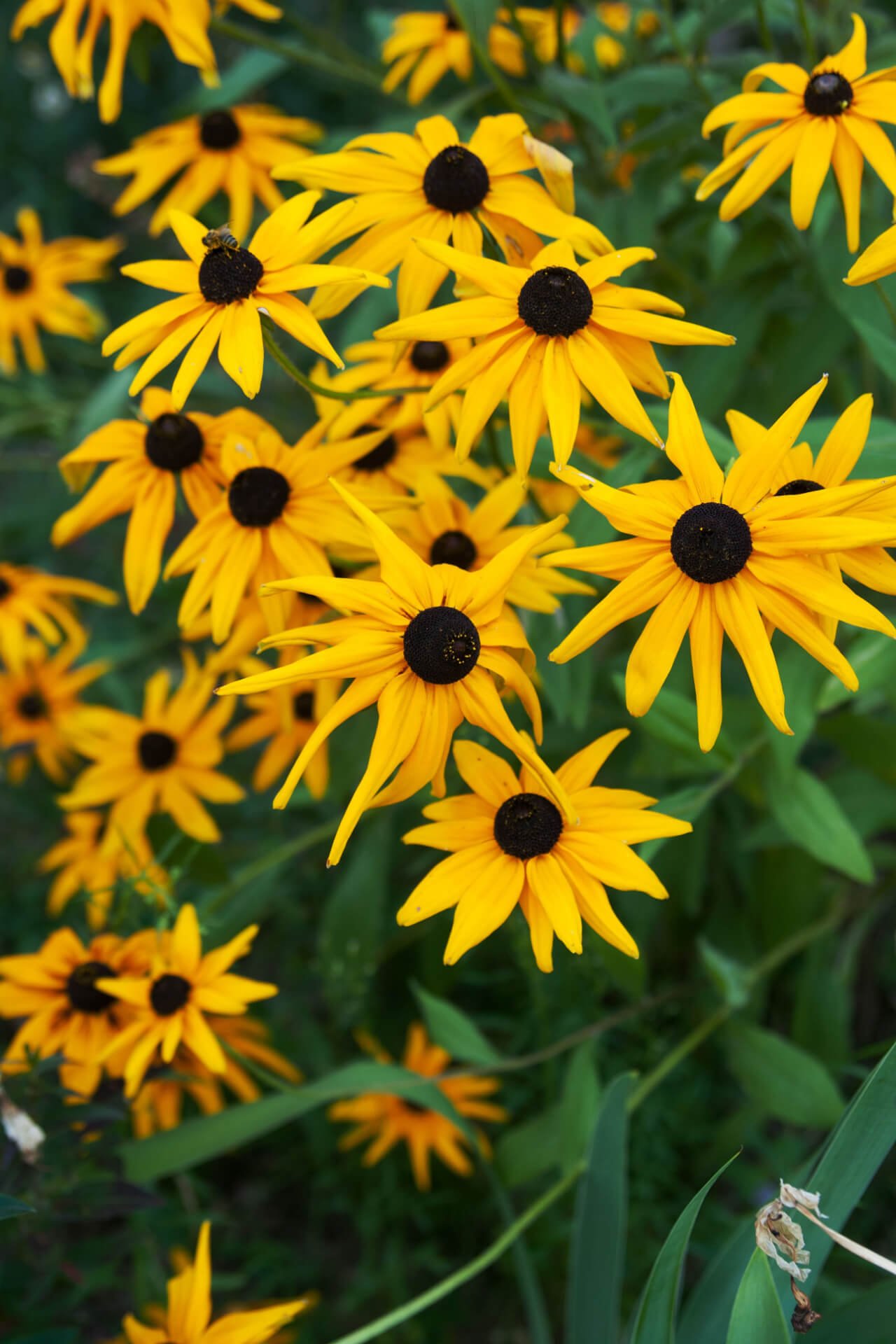
Introduce a burst of sunny color and captivating texture to your outdoor space with the stunning Yellow Coneflower. This native perennial wildflower is a true delight, boasting large, daisy-like blooms with striking golden petals that surround a prominent, cone-shaped center.
Beyond its eye-catching appearance, Yellow Coneflower offers numerous benefits that make it a must-have for gardeners. Its long blooming season, which stretches from early to late summer, allows you to enjoy its vibrant display for months on end. The nectar-rich blooms are a magnet for bees, butterflies, and even hummingbirds, providing a vital food source and supporting the health of local ecosystems. The textured foliage also offers shelter and habitat for a variety of beneficial insects, further enhancing the biodiversity in your garden.
Easy to grow and drought-tolerant, Yellow Coneflower is a low-maintenance addition that will thrive with minimal care. Its tall, sturdy stems and large, cabbage-like leaves create a striking, architectural presence that complements both formal and naturalistic garden designs.
Absolutely! Fall perennials pair beautifully with ornamental grasses, late-season annuals, and shrubs with colorful foliage. This creates depth, texture, and visual interest in the autumn garden.
To prolong the flowering season, choose a mix of early, mid, and late-season fall perennials. Deadheading spent blooms can also encourage additional flowers.
To prepare fall perennials for winter:
When cutting Anemone flowers, use sharp, clean shears to snip the stems at an angle, removing any leaves that would fall below the water line. It's best to cut the flowers in the morning when they have the most moisture. Place the stems immediately in clean, cool water.